Students in Philadelphia, Pennsylvania, race into STEM careers!
“Everything you do here, you get points,” said Anthony Martin, founder and director of the Urban Youth Racing School (UYRS). “Students get points for showing up for class. They get points for their work, points for behavior, all that stuff,” Martin explained. “The most points they can get, though, are for their school grades.”
Kiah Williams hoisted the biggest trophy and collected the best college scholarship. Meanwhile, her peers looked on with respect. “The Chevrolet points championship has become a very prestigious award,” Martin said. “Every year for the 23 years I’ve been doing it, when it comes down to it at the end, it’s always going to be determined by who has the best school grades.”
Williams didn’t possess the best driving skills in the unique program that benefits underserved students eager to learn about science, technology, engineering and mathematics (STEM) — through the lens of motorsports. But she did parlay her opportunity into a career making a difference. She went on to be co-founder and director of SIRUM, a company that helps the under- and uninsured access the treatments they need.
“Kiah Williams co-founded a nonprofit that gets unused medications from all over the health care system, using technology to redistribute those medications to families with high drug costs,” Martin explained. “She was on the Forbes 30-Under-30 (Social Entrepreneur) list. The thing that I liked about her more than anything was the fact that she made being smart cool. And that’s what it’s about.”
Smart is cool >amp; STEM careers are too.
The Urban Youth Racing School has been a passion for Martin and his wife, Michelle, for the past 23 years. Their goal is to expose mostly disadvantaged urban youth to the exciting sport of auto racing. And the hope is that their experience with UYRS leads to STEM careers.
The first five weeks involve classroom experiences around the design, construction and testing of CO2 dragsters — including data analysis from Pitsco Education wind tunnels that measure forces of drag and lift on the students’ dragsters and other model cars they create. Based on wind tunnel data, students modify the design and features of their cars to improve performance. Over the second five weeks, student teams go head-to-head on the go-kart track to apply what they learned in the classroom.
“We talk about physics and STEM, showing them how they can then apply that education to their everyday lives,” said UYRS instructor Reggie Showers. “The Pitsco resources have been tremendously beneficial for our program.”
Martin has known from the program’s inception that relevance in education — coaxing students to understand why they are in school — is essential to success, particularly in core math and science courses. He never misses an opportunity to make this point with students.
Opportunities
During the past 23 years, the UYRS has served more than 7,700 students ranging in age from eight to 18. Set up as an enrichment opportunity to support what students learn in their classrooms across the metro area, the program was hatched by Martin with significant support from Ed Rensi, former McDonald’s CEO.
“He owned a team in the ARCA racing series,” Martin explained of Rensi. “And he won the ARCA series championship. So I presented to him my idea of doing this racing school. He absolutely loved it. So, he was a guy who funded me to start the racing school.”
A marketing and public relations professional by trade, Martin has a way of creating opportunities and then taking full advantage of them. That’s the same skill he seeks to instill in students. Consider Jason Simmons, a star pupil, who attended the UYRS from 1999–2005. Now NASCAR’s senior manager for international operations and strategy, Simmons’ passion for racing was fueled during his six years at the UYRS. His time at UYRS led to a spot in NASCAR’s Diversity Internship Program.
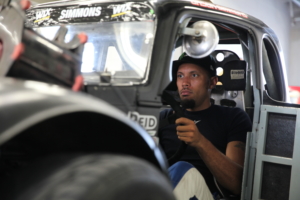
If you see it, you can be it.
“My dream was to be a racecar driver in NASCAR. I was drawn into the racing and the uniqueness of it,” said Simmons. “The school definitely had a huge impact. It’s because of the relationships I made when at the school that I got where I am today. You’ve got to meet people, net.work, make relationships.”
Now he’s the one UYRS students want to network with when he returns to the Philadelphia area for events at Pocono Raceway and Dover Motor Speedway.
“Jason came to realize that he had to have a job, and now he’s making a living in the corporate world,” said Showers. “He took a lot of the skills he learned on the track into his personal life. Whenever he’s in town, he comes by. Kids see somebody who went through the program. They see that some of these graduates are engineers, working within motorsports, and they say ‘Hey, that could be me.’”
Showers wants to expand students’ horizons and open their eyes to the possibilities outside of their everyday environments. “Children imitate what’s in their atmosphere,” he said. “A lot of these kids have exceptional talent. They just don’t know they have these talents because they haven’t had the opportunities.”
A current student in the program, Tanaya, said she looks forward to her Saturdays at the UYRS because, “I don’t have to read a book” to do it. And she’s eager to help spread the word to her friends. “I feel like, once I’m done with this program, I can go out and I can tell other people about it and how it works.”
Career aspirations
Many UYRS graduates have discovered a love for automotive, aerospace, and even military engineering and technical positions. They often return to visit with and inspire the next generation of STEM professionals. Frequent guest instructors and speakers include professional racecar drivers, naval engineers, and engineers and technicians with General Motors, Boeing, and Haas, among others.
“You’d be surprised; these teenagers don’t know what’s out there,” Showers said. “They come in not knowing the difference between Philips and flat.head screwdrivers. We teach them all the basics. And now, they have access to two wind tunnels — a FLO Visualization Tunnel and the X-Stream Wind Tunnel — that provide usable quantitative data so they can compare how efficient or inefficient their dragster is.”
Students across the country discover their career interests in after-school, summer, or weekend programs. But these experiences are few and far between in the urban core. “Traditionally, our students have been underserved in those areas,” Showers said.
Urban youth achieve great things.
Everyone involved with the UYRS serves as an example of what students in urban communities can achieve when they apply themselves — and when they can participate in high-quality career and technical education. They all model a winning approach that incorporates determination and initiative as much as subject knowledge and understanding. The UYRS in Philadelphia serves as a model that can be replicated in similar communities. In fact, Simmons said, the auto racing community recognizes an untapped potential among urban students.
“NASCAR, right now, views the Urban Youth Racing School as a vessel to the ur.ban community,” Simmons said. “Speaking personally, I’d love to see 20 or 30 more Urban Youth Racing Schools open. A lot of students in the urban community are looking around for things they can be ex.posed to. A lot of them have what it takes to get to the next level. But it’s possible only if they have opportunities to do so.”
Martin talks about his dream of expanding the program into other market.places, and it’s the thirst for knowledge he sees when students walk through his doors that drives him. Though he’s not a classroom teacher, his desire to teach and empower children to build a better future for themselves is second to none. “Seeing them be successful, man, there’s nothing greater in the world.”
Tom Farmer has been a journalist for more than 34 years, the past 25 of which exclusively in education.
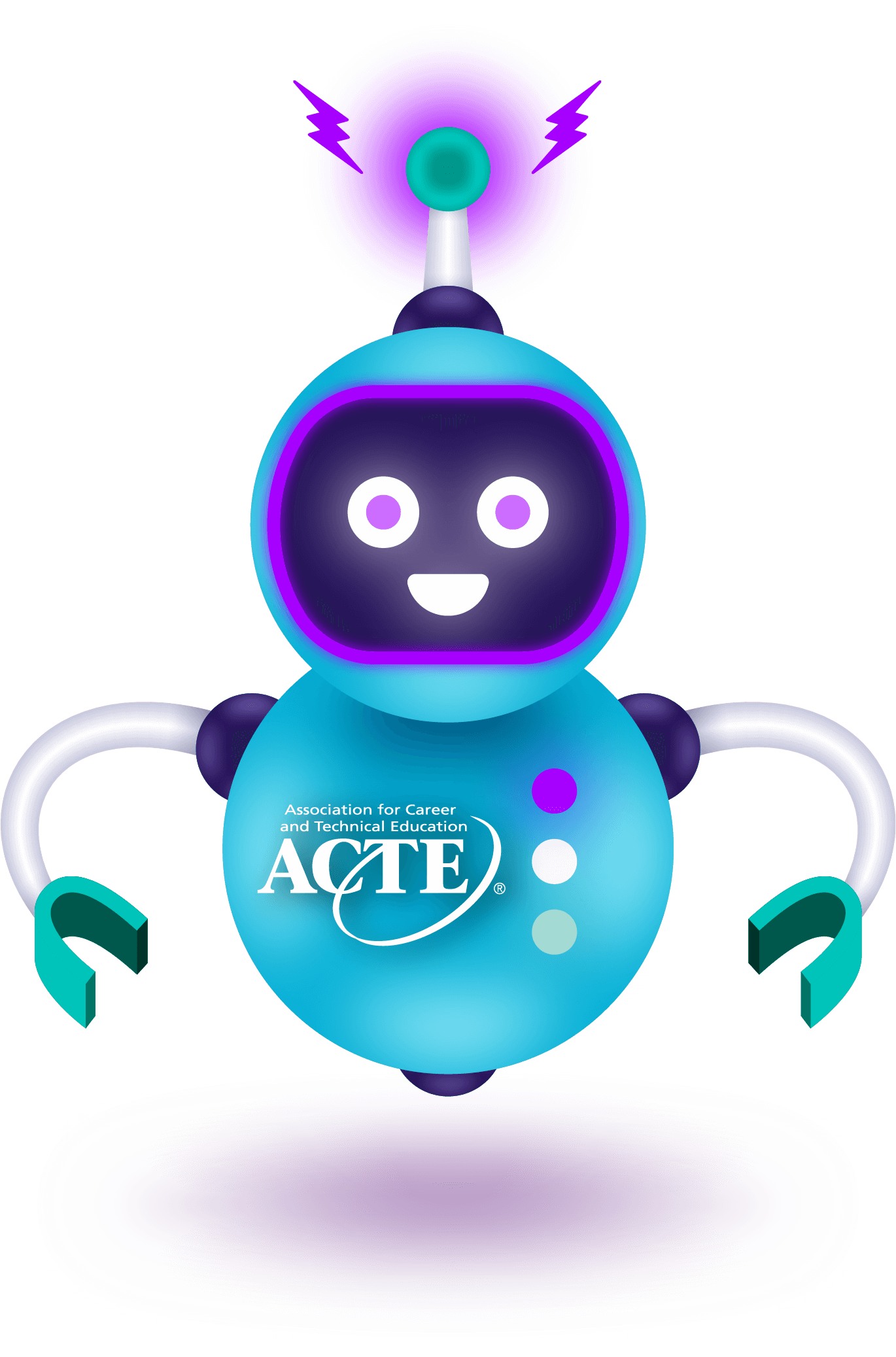


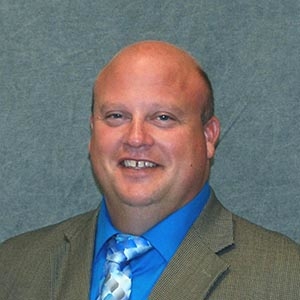 Meet Scott Stone, incoming ACTE president. To say hello and welcome, Techniques conducted an interview, which originally appeared in print in April 2022.
Meet Scott Stone, incoming ACTE president. To say hello and welcome, Techniques conducted an interview, which originally appeared in print in April 2022.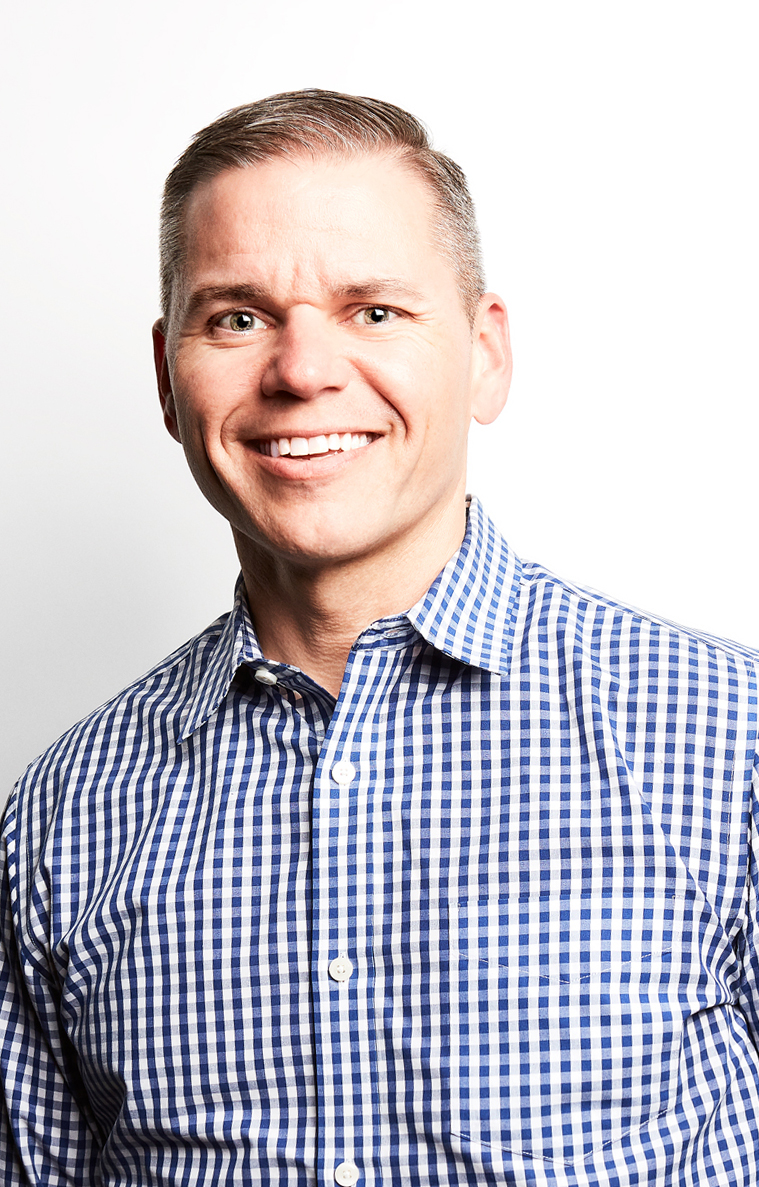
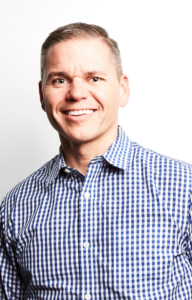 Meet Chaney Mosley, incoming ACTE president-elect. To say hello and welcome, Techniques conducted an interview, which originally appeared in print in April 2022.
Meet Chaney Mosley, incoming ACTE president-elect. To say hello and welcome, Techniques conducted an interview, which originally appeared in print in April 2022.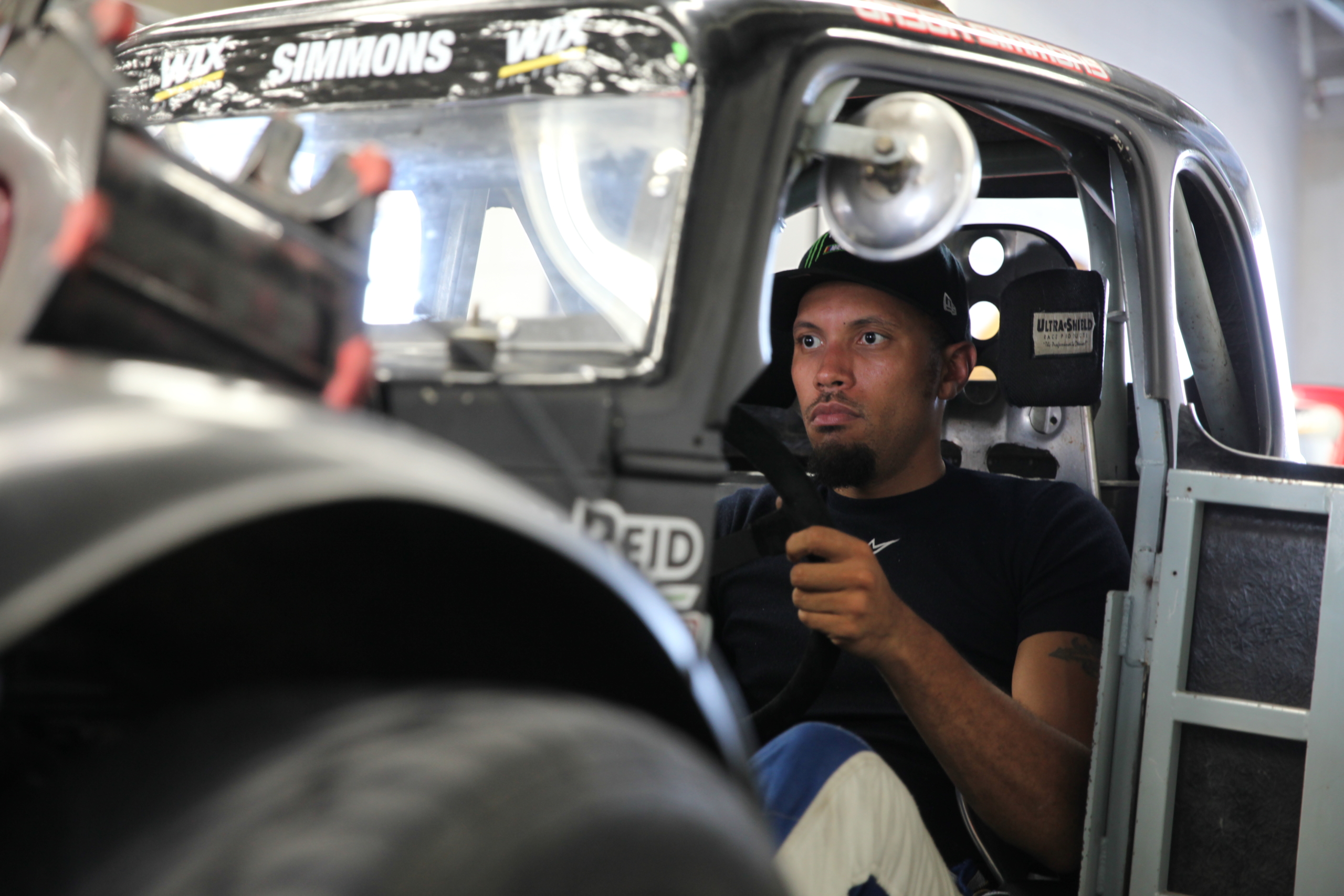


 eliminate biases from both sides. Further, student-centered learning spaces that incorporate culturally responsive teaching (CRT) will elevate
eliminate biases from both sides. Further, student-centered learning spaces that incorporate culturally responsive teaching (CRT) will elevate 

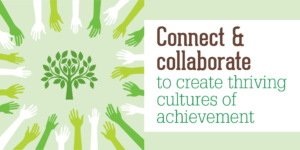

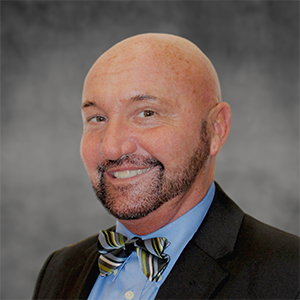
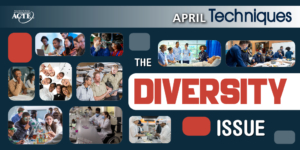

 The NextLevel Fellowship provides professional and career growth opportunities to the next generation of leaders in postsecondary CTE. Participants gain next-level leadership skills through a program of work that is that is engaging, individualized and memorable. Together they work alongside an experienced mentor to:
The NextLevel Fellowship provides professional and career growth opportunities to the next generation of leaders in postsecondary CTE. Participants gain next-level leadership skills through a program of work that is that is engaging, individualized and memorable. Together they work alongside an experienced mentor to:





